The Galaxy Unpacked event was held in February 2023. The primary focus for this event was the Samsung Galaxy S23 series. There are no significant upgrades from the S22 lineup, but there are quality-of-life improvements. The Galaxy S22 Ultra is considered one of the best flagship smartphones launched in 2022. It also deserves that title due to the impressive 3X+ 10X setup, making it a champion for photography.
The phone had heating problems and throttling issues, but that was due to the SOCs with dodgy fabrication. The S22 Ultra was called out for slow shutter speeds, which is a problem if you take pictures of moving subjects.
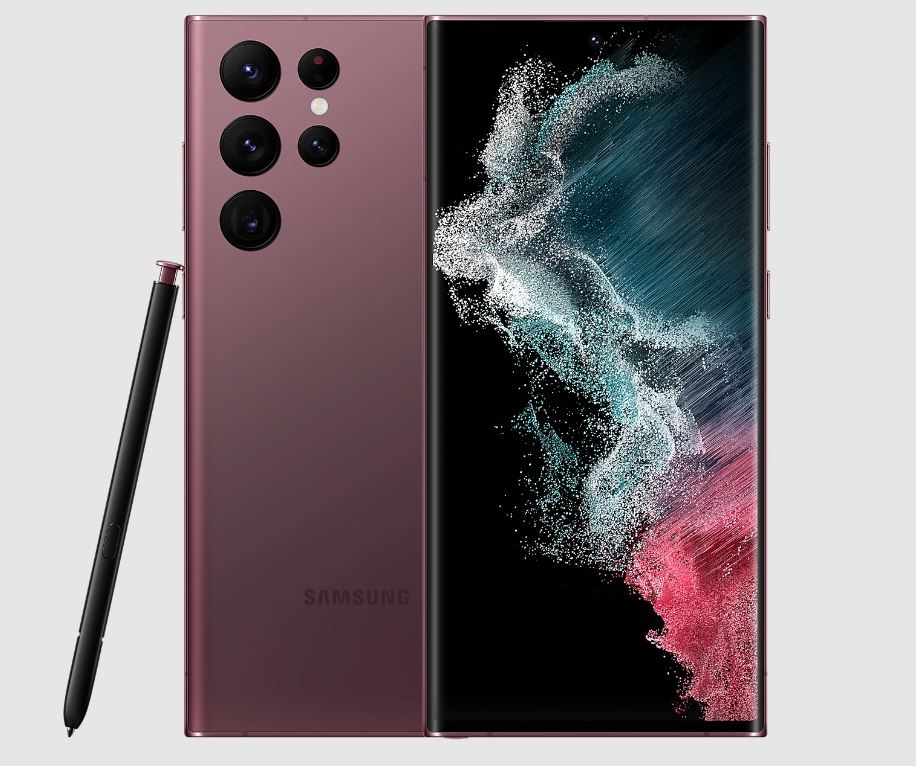
Fortunately, the Galaxy S23 Ultra addresses these issues. We already have enough camera samples. So far, the images look detailed and crisp, with fantastic color reproduction and copious amounts of bokeh.
What could be disappointing about the S23 Ultra is that there’s no change in design at all from the S22 Ultra. The Galaxy S22 Ultra has five individual camera rings on the back, a curved screen, and a slot for the S Pen.
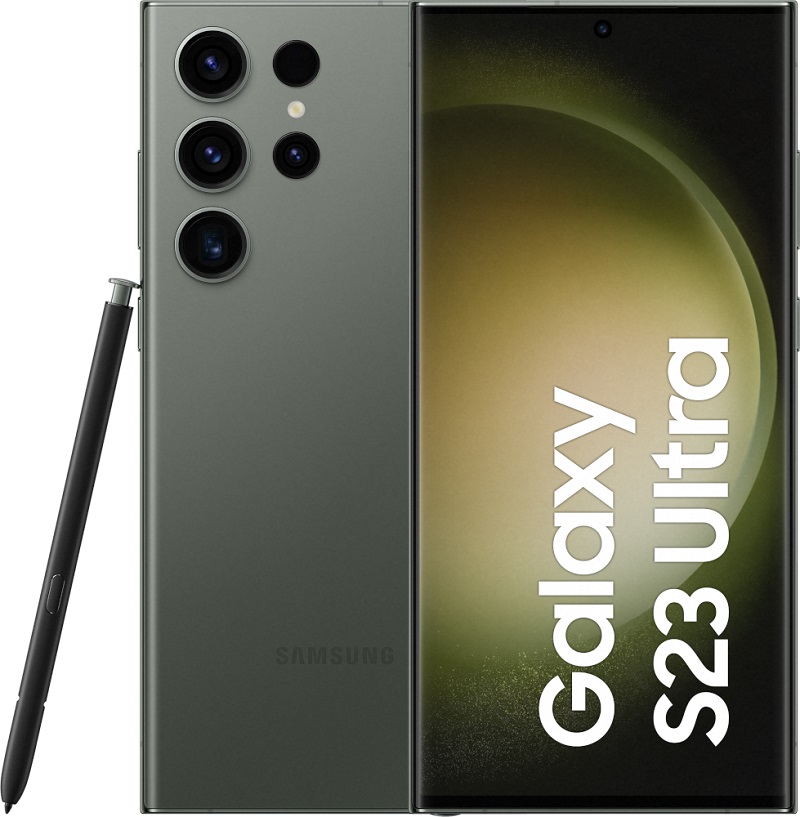
It has a punch hole in the middle for the front camera. The S23 Ultra has 8GB of RAM, even for the 256GB variant. It’s simple cost-cutting, which will be pretty disappointing in 2023.
In this article, we’ll compare the S23 Ultra and S22 Ultra on paper and see if the upgrades are significant.
Galaxy S23 Ultra vs S22 Ultra: Cameras
The primary sensor is a significant upgrade from the S22 Ultra on paper. The S22 Ultra has a 108MP 1/1.33″ HM3 sensor.
The Galaxy S23 Ultra’s HP2 sensor looks like a massive upgrade over the HM3. The HP2 has a much higher 200MP resolution, up from 108.
A higher megapixel count at the cost of sensor size with poor optimization is gimmicky. However, more megapixels means much better details on zooming in. Images do not lose texture and organic definition even after zooming in twelve times.
It’s not just the megapixels. The sensor size is slightly going up, too. From a 1/1.33″ sensor, the HP2 is 1/1.3″. This might sound small, but it’s only negligibly behind the 48MP 1/1.28″ Sony IMX 803 sensor on the iPhone 14 Pro/ Max.
The ISOCELL HP2 has improved dynamic range and highlight control thanks to new tech that Samsung is calling DVTG (Dual Vertical Transfer Gate) and Slope Gain. They use advanced image sensors to capture more light.
Samsung plans to use QPD Technology for the HM2 for much better autofocus speeds across mixed lighting conditions. This will theoretically improve shutter speeds as well.
This time, all the focus is on the primary sensor, and the telephoto improvements are reserved for the S24 Ultra. The 3X and 10X zoom cameras remain identical to the S22 Ultra. The 120-degree FOV Ultra Wide Angle lens stays the same, too.
The new HP2 sensor has better video quality, too. Since the sensor is larger, it can shoot at a higher bit rate while maintaining quality.
HDR will also improve, so we might finally see some Android competition for iPhone videos. The phone can also shoot in 8K without cropping in too much, which is good.
Galaxy S23 Ultra Camera Samples show that the image retains amazing details even after a 12X crop from the HM2. Thanks to a high 200MP resolution, the sensor still captures a great photo. It has better colors than the existing S22 Ultra as well.
Upon zooming in, we can find that the HM2 sensor does the best job of maintaining good detail even when zooming in. When viewed on a larger screen, the image will not fall apart. This proves that a well-tuned 200MP sensor can work wonders.
You can watch the “Samsung S23 Ultra VS S22 Ultra: Ultimate Camera Comparison” video on the System Hacks YouTube channel.
Galaxy S23 Ultra vs S22 Ultra: Display
The Galaxy S22 Ultra has one of the best displays on any smartphone. Samsung has industry-leading color calibration. Since they also make the hardware (panels), they can tune the colors well.
If you don’t like the default tuning, you can switch to more natural colors in the Display Settings or mess around with the color profile. However, the panel lacks Dolby Vision support.
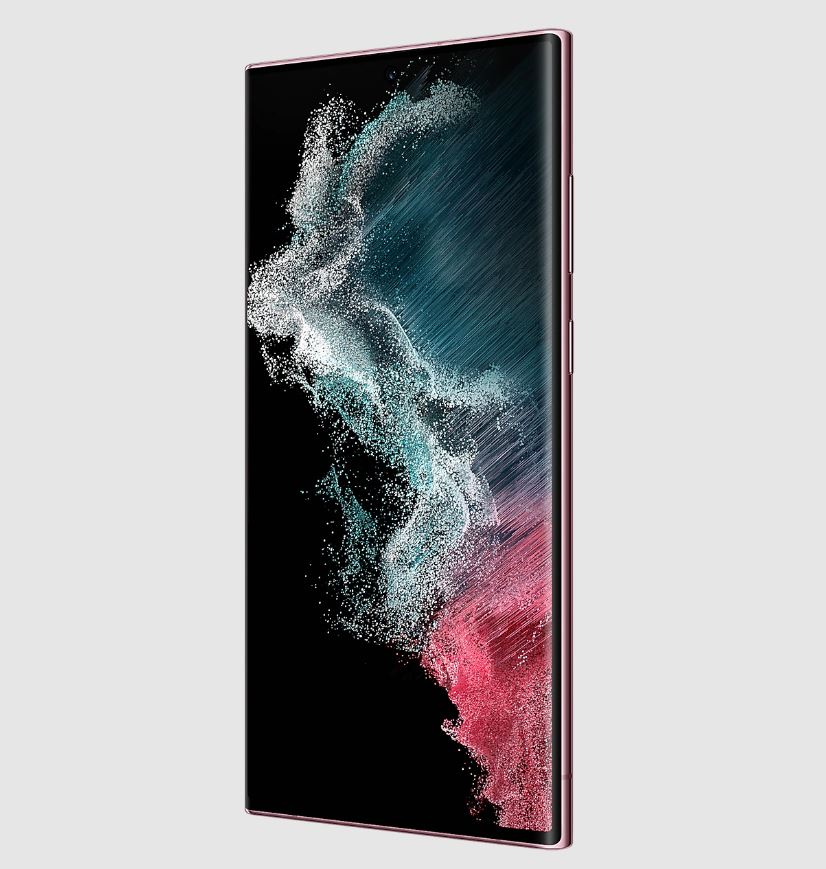
It’s unlikely that Samsung will ever push the Dolby Vision standard. This is because you have to pay a licensing cut to Dolby, and Samsung is unwilling to do that. Even their high-end 3000$ Televisions do not have support for Dolby Vision HDR.
Instead, Samsung is using the HDR10+ standard. It’s free, and there is no licensing fee involved.
The S22 Ultra has a 1440P 120Hz LTPO (HDR10+) AMOLED display. It only has 240Hz of PWM Dimming, which isn’t very pleasant. This low value results in worse brightness and viewability in pitch-black or low-light environments.
For those sensitive to AMOLED flicker, this results in eye strain and headaches. The S23 Ultra does not bring any improvements to PWM.
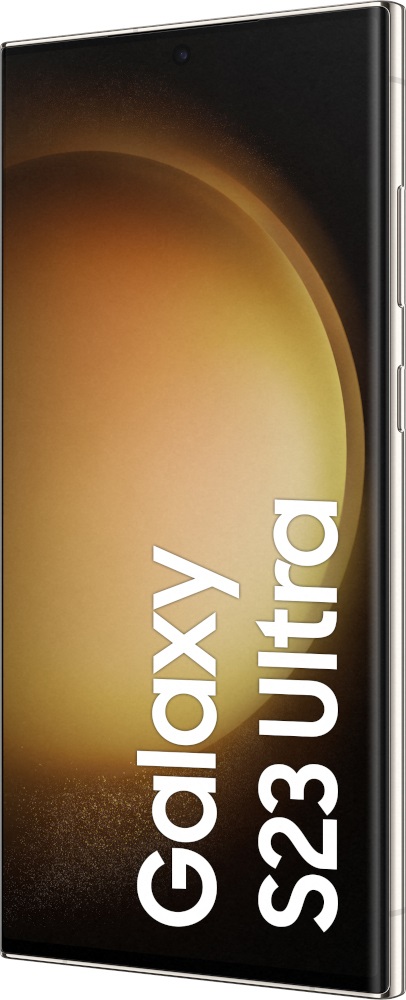
It will not have anything majorly different to the S22 Ultra in terms of display quality. The same 500PPI, 1440P resolution, LTPO 120Hz, and 1750 Nits of peak brightness.
While 1750 Nits sounds slightly less in a world of phones with 2000 Nits, it’s worth mentioning that brightness perception is logarithmic, not linear.
Only certain areas of the screen, under bright sunlight, when playing HDR content, reach the advertised maximum brightness number. So, the S23 Ultra still having 1750 Nits of peak brightness isn’t a significant concern.
The display reportedly has improved viewability in direct sunlight, and that’s the only iterative improvement they’ve made to the display for the S23 Ultra.
The S23 Ultra uses Corning’s Gorilla Glass Victus 2, while the S22 Ultra uses Gorilla Glass Victus+.
Galaxy S23 Ultra vs S22 Ultra: Battery & Charging
The Galaxy S22 Ultra has a 5000 mAh battery with 45W charging. 45W is slow compared to the 100W+ charging we see from the competition, though it is faster than the 27W of the iPhone 14 Pro Max.
With S23 Ultra, we get the same 5000 mAh and 45W charging speeds. The S23 Ultra also has 15W of reverse wireless charging, the same rate as the S22 Ultra.
Many people wanted faster 65W and better wireless charging, but Samsung did not do it for the S23 Ultra. They’ll have to use temperature regulators and split the battery into two different cells.
Splitting a 5000 mAh battery into two while using an active cooling system and then putting in temperature regulators while putting an S Pen inside can be difficult, so let’s cut Samsung some slack here for a while.
Galaxy S23 Ultra vs S22 Ultra: Performance
Performance is one of the main drawbacks of the entire S22 lineup. The Exynos 2200 and the Snapdragon 8 Gen 1 were terrible with heat management.
The chips are a throttling mess and have problems with sustained performance. Phones using the 8 Gen 1 or the Exynos 2200 were built on Samsung’s 4nm fabrication, which wasn’t very effective. The yield rate was low as well.
Even the Galaxy S21 Ultra with the Exynos 2100 or Snapdragon 888 had similar heating problems in daily use. The culprit can be pinned down to the Samsung node.
However, the Snapdragon 8 Gen 2 moves to TSMC’s efficient 4nm fab, which strikes a good balance between performance and heat. Sustained performance is fantastic, according to early tests, and the 8 Gen 2 will not heat up in daily use.
It should be noted that S23 Ultra uses the “8 Gen 2 for Galaxy” chipset, not the regular 8 Gen 2. So, how is it different from the regular 8 Gen 2? The 8 Gen 2 for Galaxy has an increased primary clock speed from 3.2GHz to 3.36GHz. The GPU clock speed is also increased from 680MHz to 719MHz.
The 8 Gen 2 also has a much better GPU, surpassing Apple’s A16 Bionic. It scores over 1.3 Million points on Antutu and hits the 5000 mark in Geekbench multi-core tests.
Even if Samsung didn’t change much with the S23 Ultra, the change in the chipset will reflect many benefits for daily use. It’s a quality of life improvement, especially for gamers and people who shoot prolonged videos with their phones.
For people living in hot climates, the S23 Ultra’s performance will not throttle down as quickly. The improvement isn’t just restricted to performance, though. Chips have a lot of responsibility for the battery life of a phone.
The new TSMC fabrication is much more efficient than the previous one, and the S23 Ultra could deliver record-breaking battery life and might match the iPhone 14 Pro Max.
Read: Snapdragon 8 Gen 2 vs 8 Gen 1: What’s the difference?
Miscellaneous
The S23 Ultra ships with the latest version of Android (13) out of the box. It runs Samsung’s heavily skinned One UI 5.1 software. It’s slightly smoother and has better animations than the existing One UI 5.
The S22 Ultra’s speakers and vibration motors were not the best against the competition. The S23 Ultra so far does not appear to have anything significantly better in that aspect.
The design remains mostly the same, with the five individual camera rings at the back and some new color options.
The colors are less saturated and less vivid compared to the S22 Ultra. They aren’t as dark, and the number of options also seems to have gone down. There will not be much difference on the front, though the chin might get slightly thicker.
It’s not so drastic that your eye can immediately catch it. Since the camera lens design stays the same, there’s not much differentiating the design other than the color choices.
S23 Ultra vs the competition
The iPhone 14 Pro Max, Xiaomi 12S Ultra, Pixel 7 Pro, and the Vivo X90 Pro Plus are the competitors to the S23 Ultra. If the comparison is platform agnostic, the S23 Ultra has a better camera setup on paper compared to the iPhone.
The S23 Ultra’s 200MP primary sensor has a lot of new tech going into it, so it’s impossible to determine if it performs better than the IMX989.
Overall, it will be an excellent option if the prices aren’t increased. Global availability is another perk of Samsung flagships. Their software experience (OneUI) has many exclusive and practical features with a utilitarian design.
Material You theming is well done, and neat features like DeX Mode, Secure Folder, and plenty of Good lock Modules make Samsung phones fun to use.
Samsung is the only major player alongside Apple to feature a globally available and feature-packed, reliable ecosystem of tech products. You can seamlessly hand off tasks to other devices, drag and drop, transfer files, etc.
Should you upgrade to the S23 Ultra?
From three-year-old phones like the iPhone 11 Pro Max or the S20 Ultra, the S23 Ultra will be a solid refinement on all fronts. You’ll notice primarily better battery life and more performance.
If you have flagships from 2021 or 2022, you will not notice too much difference unless you need the 8 Gen 2 SOC. The difference is even more noticeable if you’re moving from a midrange phone.
The S23 Ultra takes the best aspects of the S22 Ultra and improves upon them while strengthening its weaknesses. However, it’s still iterative and quite tiresome since there’s nothing remarkable about it.
Of course, if you’re an enthusiast who always wants the latest and greatest technology or has enough money to burn, the S23 Ultra will be a solid option.
Samsung has not raised the prices of the Galaxy S23 Ultra compared to last year’s S22 series. The Galaxy S23 Ultra starts at $1,199 for the 8GB+256GB variant.
To make the decision easier, we’ve elaborated on several important categories to determine whether the S23 Ultra differs significantly from the S22 Ultra. The choice ultimately rests on your priorities and requirements.
You can check out the official specs comparison table here.
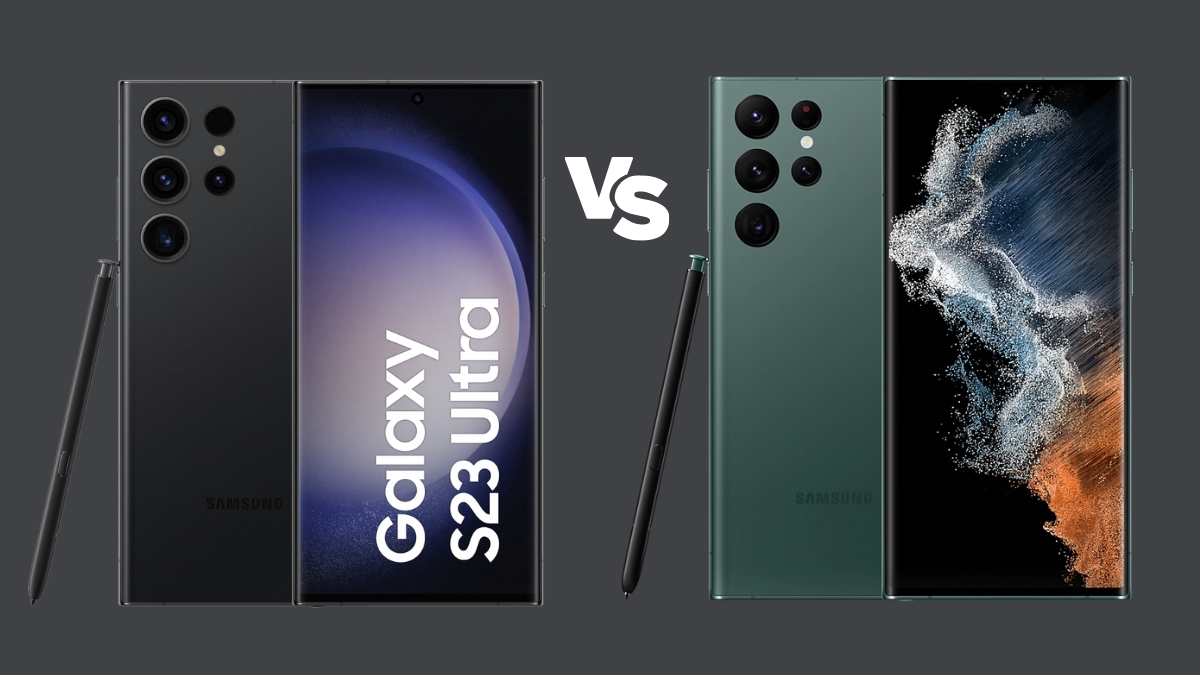

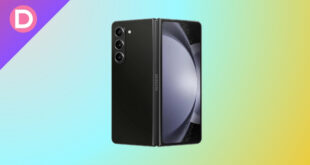

Vilas Pathak
Samsung Galaxy Mobile is without Memory Card but has Cloud Service. This is Costly. Hence I will NOT Purchase Samsung Galaxy Mobile hereafter.